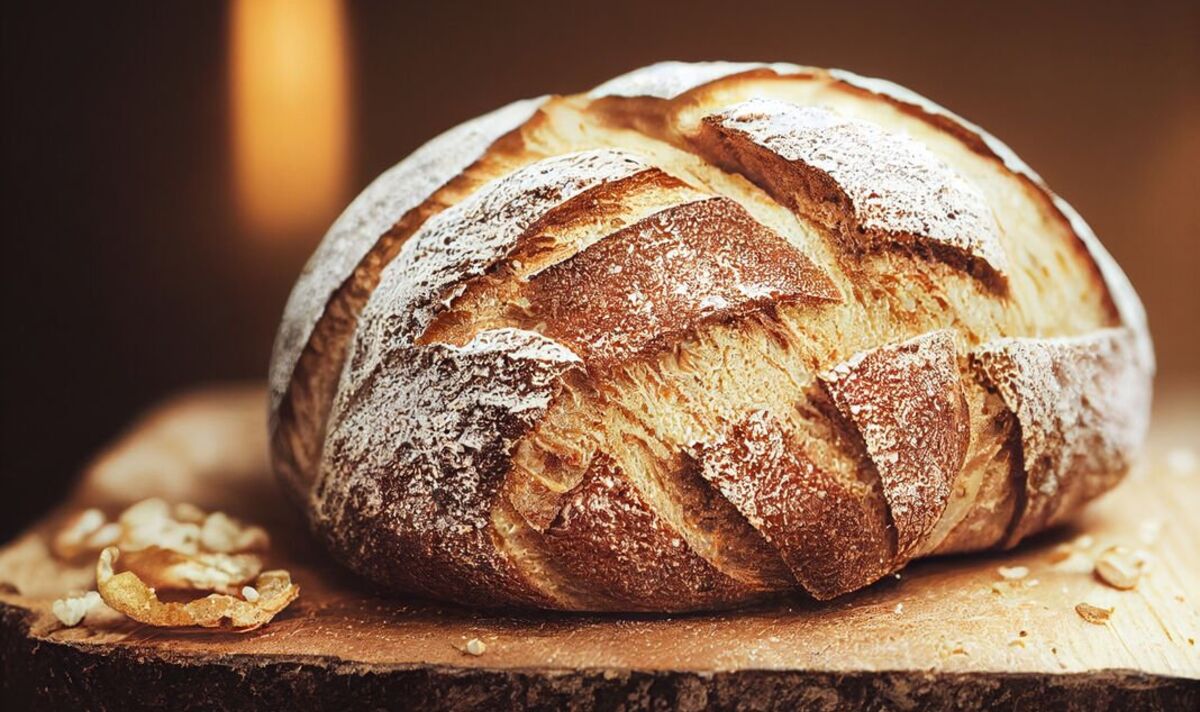Where Bread is Made: The Art of Bread Making
The place where bread was born is not only the place where soft and delicious cakes are produced but also the place where flavors and images of culture are spread, where memorable memories are created in life. our. Let's embark on a journey to discover where bread is made and discover more about the charm of La Taqueria Restaurant.
Where Bread is Made?
Artisanal bakeries are typically run by skilled bakers who have extensive knowledge of bread-making techniques and ingredients. These bakers often have a passion for their craft and take pride in creating high-quality bread that is both delicious and visually appealing. Some artisanal bakeries are family-owned and operated, with recipes passed down from generation to generation. Others are started by entrepreneurs with a love for baking and a desire to create something unique.
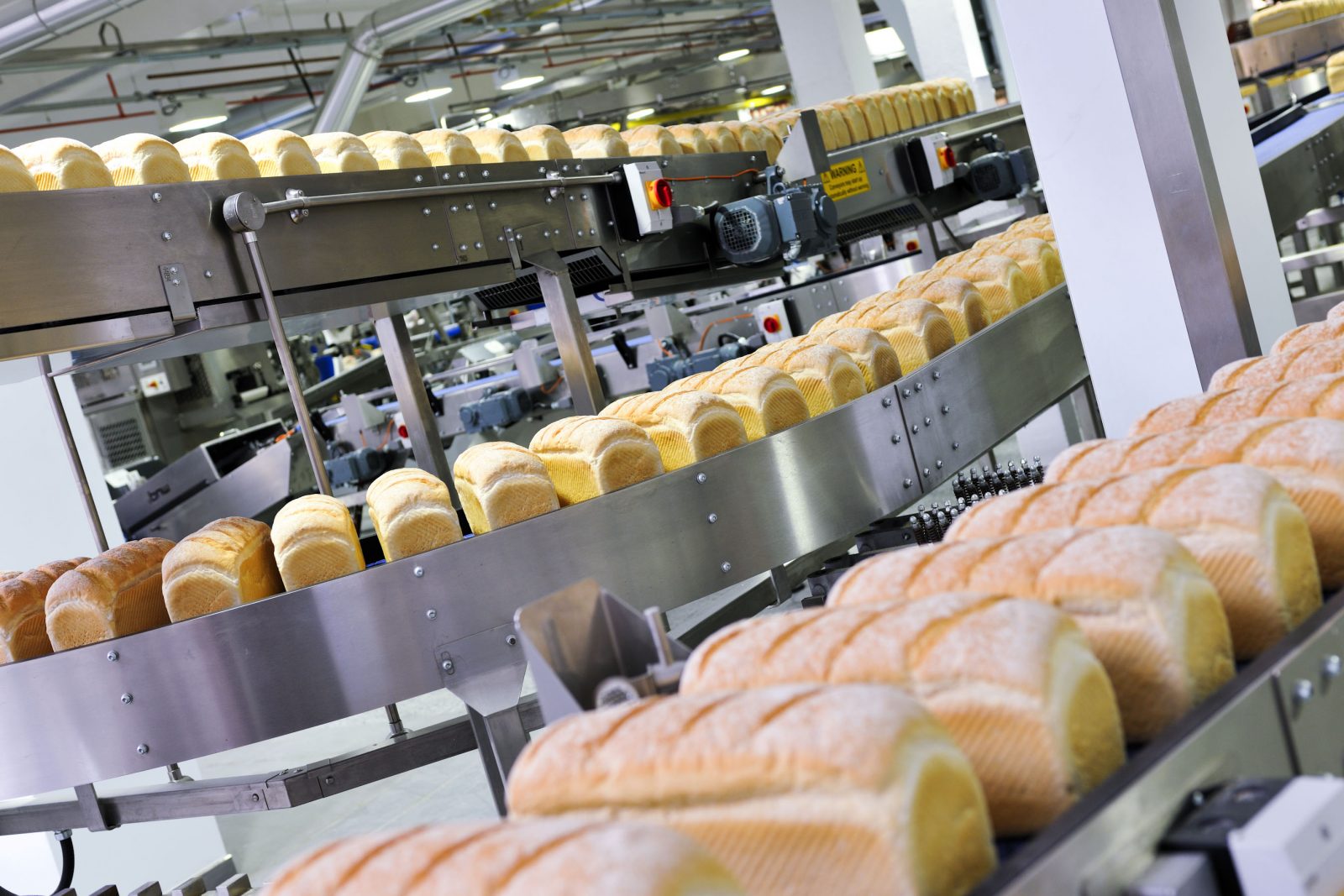
What Makes Artisanal Bakeries Unique?
Artisanal bakeries use traditional methods of bread-making, often relying on sourdough starters and long fermentation times to create complex flavors and textures in their bread. They also tend to use high-quality ingredients, such as organic flour and local honey, to ensure that their products are as natural and flavorful as possible. Additionally, artisanal bakeries often offer a wider variety of breads than you might find at a supermarket or commercial bakery, including specialty loaves like focaccia, ciabatta, and brioche.
View more: Why is Mexican Food Spicy
When Did Artisanal Bakeries Become Popular?
Artisanal bakeries have been around for centuries, but they have become increasingly popular in recent years. This can be attributed in part to the rise of the local food movement and an increased interest in sustainable agriculture and small-scale food production. Artisanal bread-making has also benefited from a growing appreciation for handmade, artisanal products in general, as people seek out authentic experiences and unique flavors.
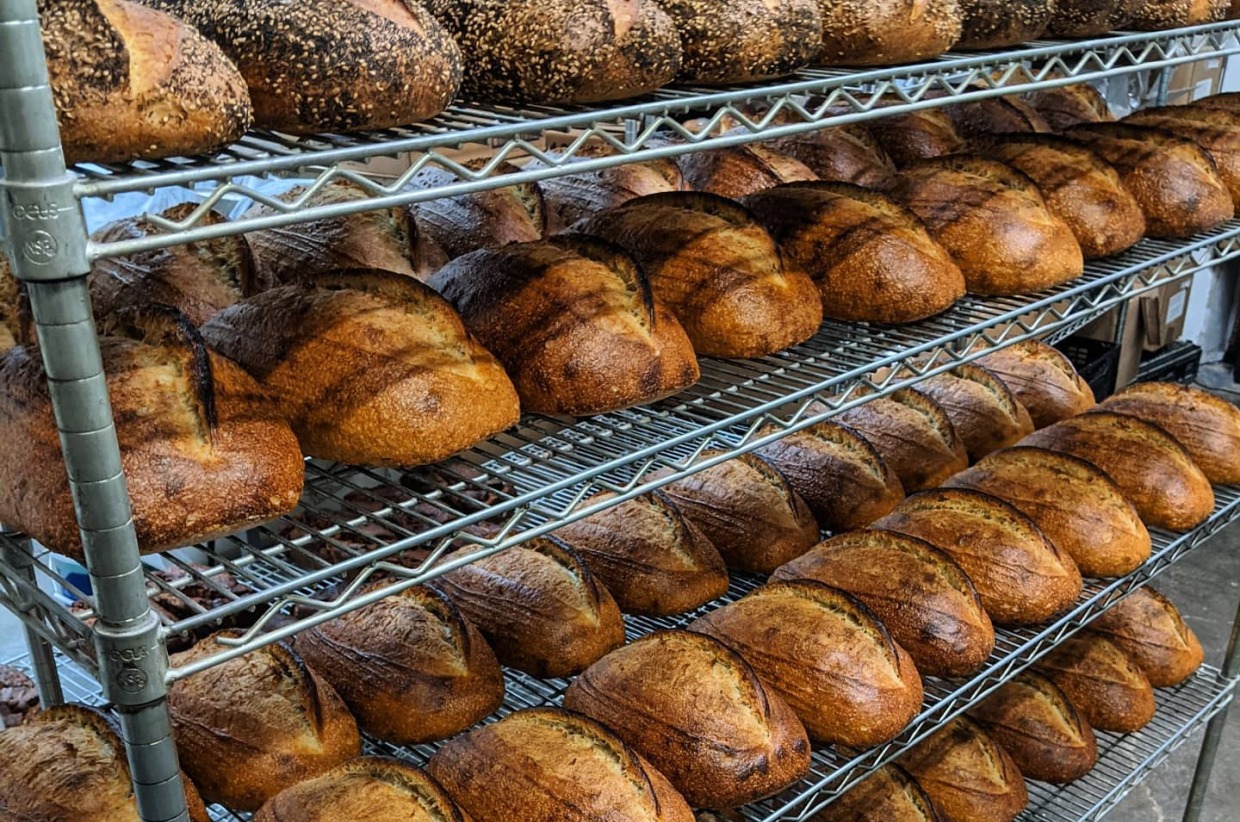
How to Find Artisanal Bakeries
One way to find artisanal bakeries is to ask around in your local community. Many people who live in areas with a strong food culture will be able to recommend their favorite bakeries. You can also search online for reviews and recommendations, or try using specialized apps that help you locate artisanal bakeries near you. Finally, consider visiting farmers' markets or specialty food stores, which often feature products from local artisans and bakers.
Pros and Cons of Artisanal Bread-Making
Like any type of food production, artisanal bread-making has its pros and cons. Some of the advantages of artisanal bread include:
- High-quality ingredients: Artisanal breads are often made with organic or locally sourced ingredients, which can result in a more flavorful and nutritious product.
- Unique flavors: Because artisanal bread-makers rely on traditional fermentation methods and unique ingredients, their breads often have complex and nuanced flavors that you won't find in commercial breads.
- Support for local businesses: When you buy bread from an artisanal bakery, you're supporting a small local business and helping to build a stronger community.
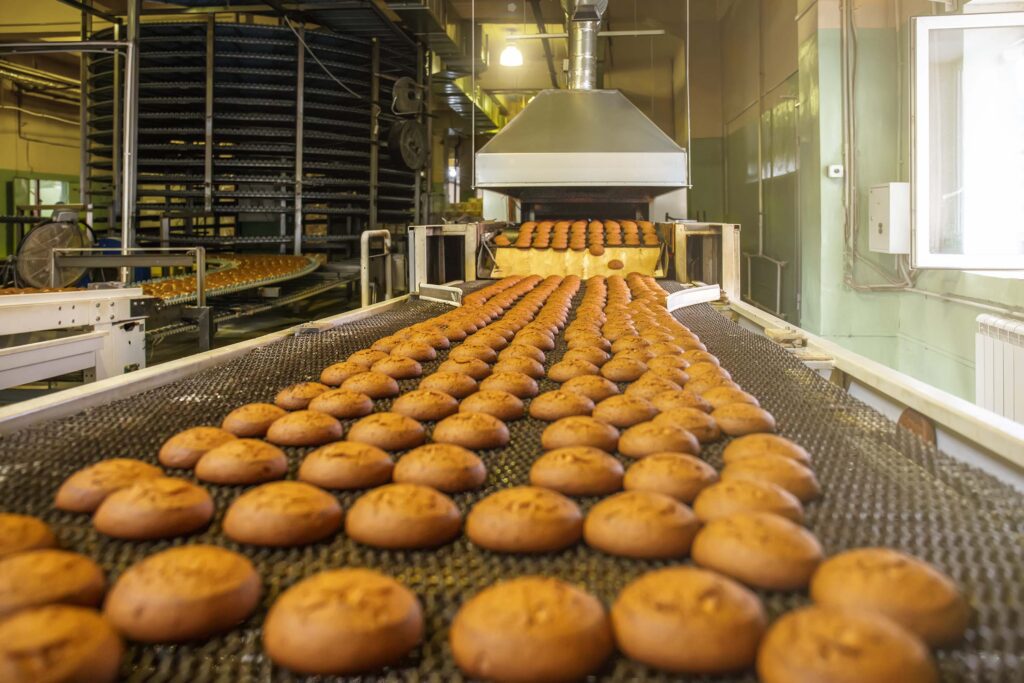
However, there are also some potential downsides to artisanal bread-making:
- Higher cost: Artisanal bread can be more expensive than commercial bread because of the high-quality ingredients and labor-intensive production process.
- Limited availability: Because artisanal breads are often made in small batches, they may not be available every day or in large quantities.
- Short shelf life: Artisanal breads typically have a shorter shelf life than commercial breads because they don't contain preservatives. This means that you may need to consume them quickly or freeze them for later use.
Alternatives to Artisanal Bread
If artisanal bread doesn't fit your budget or lifestyle, there are still plenty of alternatives available. Some options include:
- Commercial bread: While commercial bread may not have the same depth of flavor as artisanal bread, it is widely available and often more affordable.
- Home-baked bread: Making your own bread can be a rewarding and cost-effective alternative to buying artisanal bread. There are many recipes and techniques available online or in cookbooks that can help you get started.
- Gluten-free bread: If you have a gluten sensitivity or allergy, there are many gluten-free breads available on the market today that offer similar texture and flavor to traditional breads.
View more: Which bread is good for weight loss
Step-by-Step Guide to Making Your Own Artisanal Bread
If you're interested in making your own artisanal bread at home, here's a simple recipe to get you started: Ingredients:
- 500g bread flour
- 350ml warm water
- 10g salt
- 5g active dry yeast
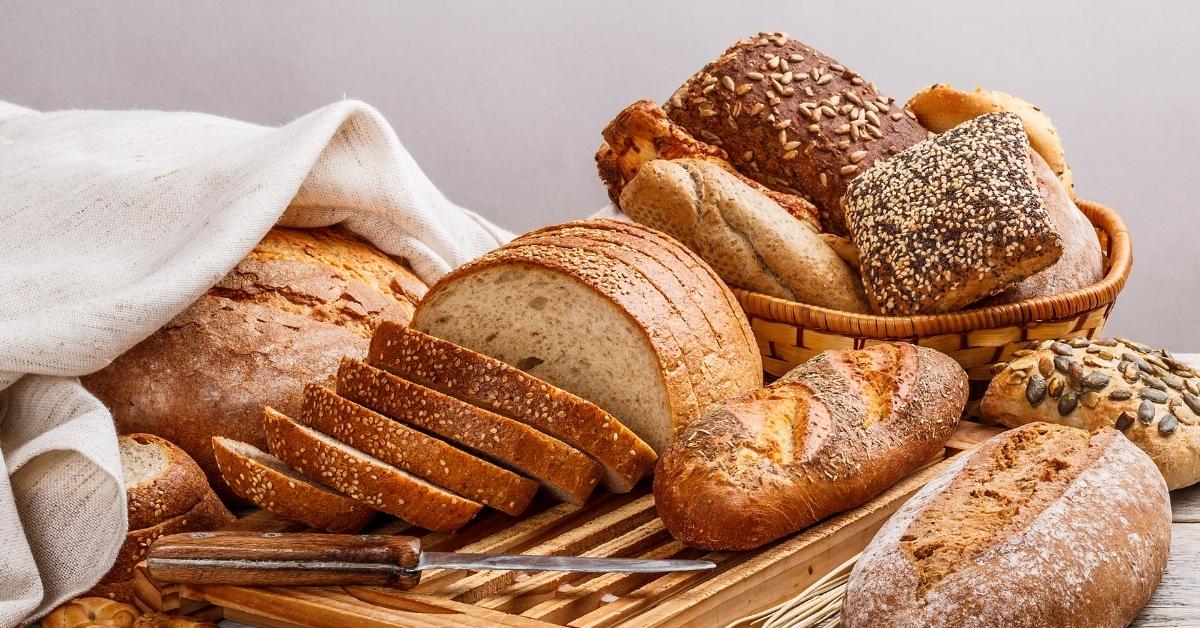
Instructions:
- Combine the flour, salt, and yeast in a large mixing bowl.
- Gradually add in the warm water, stirring with a wooden spoon until a sticky dough forms.
- Knead the dough for 10-15 minutes on a floured surface, until it becomes elastic and smooth.
- Place the dough in a lightly oiled bowl, cover it with a damp cloth, and let rise in a warm place for about an hour, or until doubled in size.
- Preheat your oven to 450°F (230°C) and line a baking sheet with parchment paper.
- Punch down the dough and shape it into a round loaf, then place it on the prepared baking sheet.
- Use a sharp knife to score the top of the bread in a crosshatch pattern.
- Bake the bread for 30-35 minutes, or until the crust is golden brown and the bread sounds hollow when tapped on the bottom.
- Let the bread cool completely before slicing and serving.
Tips for Buying Artisanal Bread
When shopping for artisanal bread, there are a few things to keep in mind to ensure that you're getting the best possible product. Here are some tips:
- Look for bread made with high-quality ingredients, such as organic flour and natural sweeteners like honey or maple syrup.
- Ask the baker about their production process and ingredients to get a better idea of the flavor and nutritional content of the bread.
- Try different types of bread to find the ones that you enjoy the most. Many artisanal bakeries offer samples or small sizes so that customers can try a variety of products.
- Consider buying fresh bread and freezing it for later use if you won't be able to consume it quickly. This will help preserve the flavor and texture of the bread.
Conclusion
In our exploration of where bread is made, we've uncovered the timeless artistry and craftsmanship that goes into producing this fundamental staple of our diets. From the warm, rustic loaves of bread at local bakeries to the freshly baked rolls at renowned establishments like La Taqueria Restaurant, breadmaking remains a testament to human creativity and culinary tradition.
RESTAURANT LOCATIONS
-
 2889 Mission St San Francisco, CA 94110 Hotline: (415) 285-7117
2889 Mission St San Francisco, CA 94110 Hotline: (415) 285-7117
